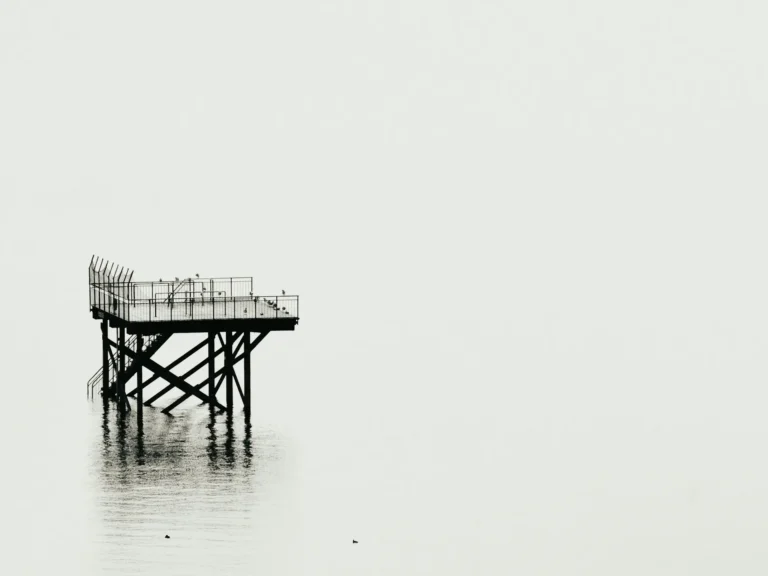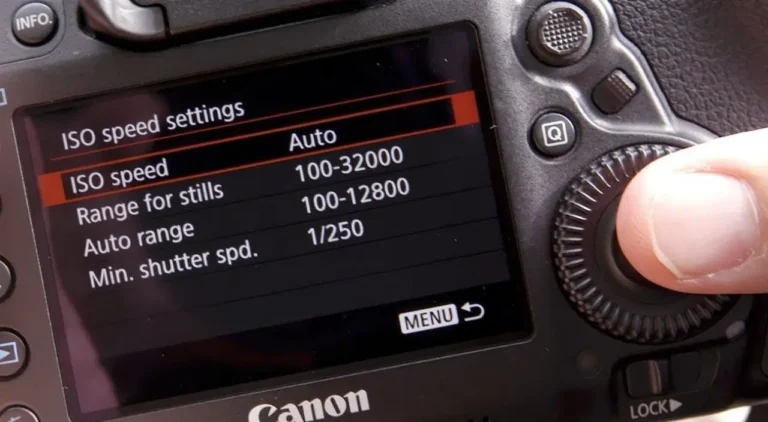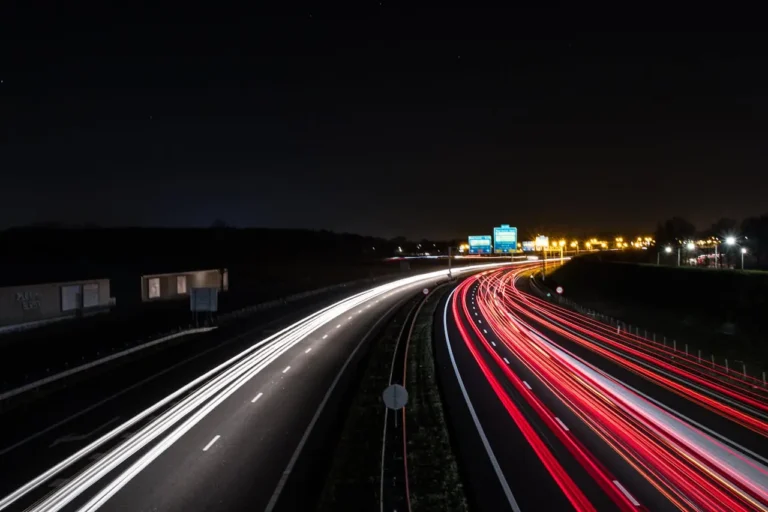Unleash the power of your lens by mastering the art of composition in photography. Dive into a world where every frame tells a compelling story through strategic placement, framing, and perspective. Whether you’re capturing landscapes or portraits, understanding these techniques can transform ordinary shots into extraordinary masterpieces. Ready to take your photos from amateur to professional? Discover how leading lines, rule of thirds, symmetry, and other composition secrets can revolutionize your photography skills. Get ready to captivate viewers with visually stunning images that speak volumes without saying a word.
Key Takeaways
- Apply Composition Techniques: Use principles like symmetry, depth, contrast, color, and creative framing to enhance your photography.
- Experiment with Light and Shadows: Mastering the interplay of light and shadows can add depth and drama to your photos.
- Focus on Detail and Texture: Capturing intricate details and textures can bring a new dimension to your compositions.
- Utilize Space Creatively: Explore how negative space can balance your images and draw attention to your subject.
- Create Dynamic Compositions: Incorporate innovative framing concepts to add movement and interest to your photographs.
- Practice Consistently: Regular practice and experimentation with different techniques will help you develop your unique style and vision.
Understanding Composition Techniques
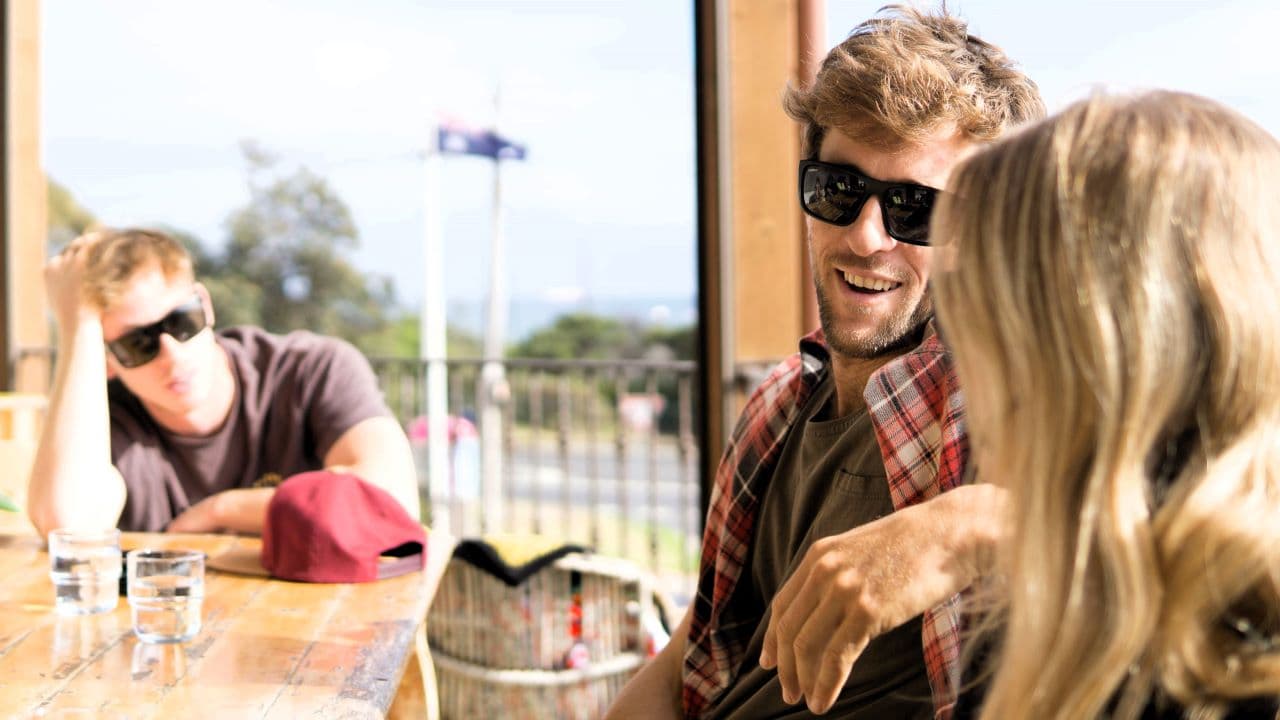
Rule of Thirds
The rule of thirds is a fundamental composition technique in photography. By placing the subject off-center, you create a visually appealing composition. Dividing the frame into thirds helps achieve balance and interest in the image. For instance, aligning critical elements along the gridlines adds depth and naturally guides the viewer’s eye.
When capturing a landscape scene, imagine dividing your frame into nine equal parts using two horizontal lines and two vertical lines – this creates a tic-tac-toe board on your screen or viewfinder.
Leading Lines
Utilizing leading lines is another powerful way to enhance your photos’ composition. These lines can be roads, fences, or any other element that draws attention to the main subject. Incorporating diagonal leading lines injects dynamism and energy into your composition effortlessly.
For example, when photographing a winding road through a forest, use the road as a leading line to guide viewers’ eyes from the foreground deep into the image.
Negative Space
Negative space, often overlooked but crucial in photography compositions, involves leaving empty areas around your subject to emphasize its importance. This technique creates a minimalist aesthetic while effectively providing breathing room for visual impact enhancement.
Imagine taking a portrait where most of the frame consists of empty space around the subject; this negative space can evoke feelings of solitude or tranquility, depending on how it’s utilized within an image.
Visual Weight
Understanding visual weight helps photographers effectively direct viewers’ focus by manipulating each shot’s size, color, texture, and position. Objects with more visual weight attract attention instantly and become focal points effortlessly throughout an image.
Balancing visual weight ensures that no element overpowers others in importance within each photograph captured.
Enhancing Composition Through Symmetry
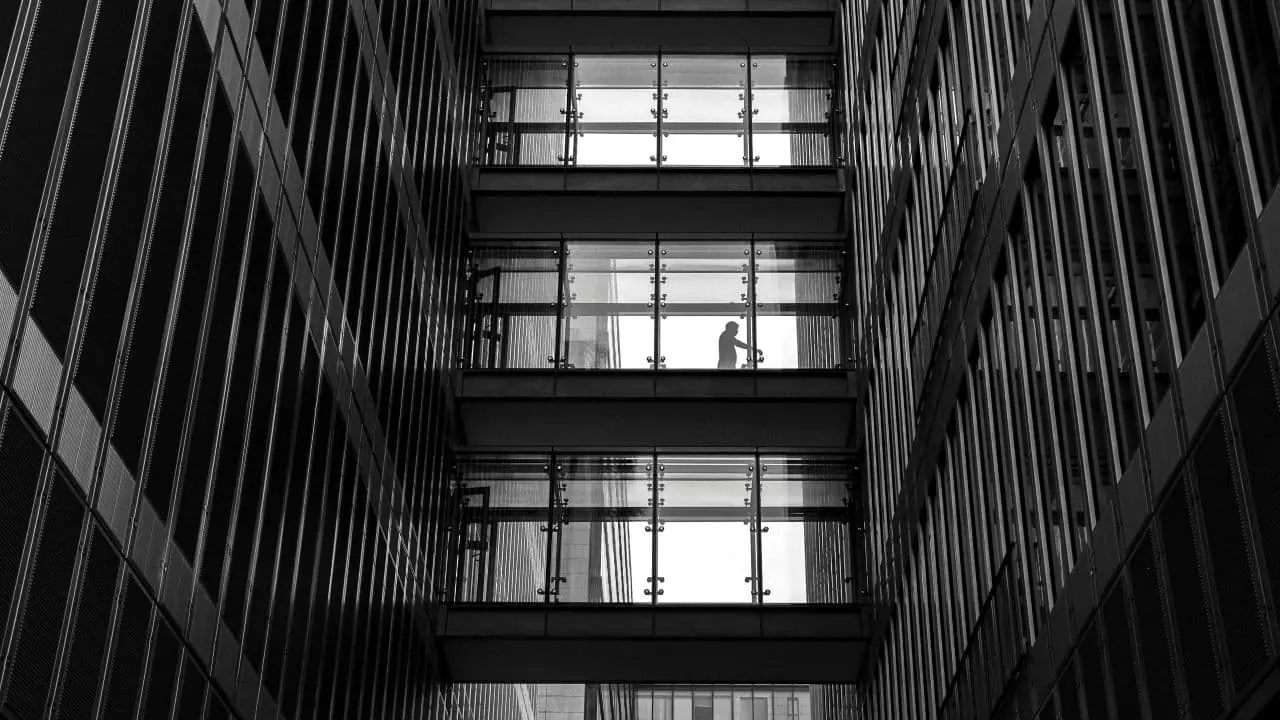
Patterns in Photography
Capturing patterns in photography adds rhythm and repetition to images, making them visually engaging. Whether it’s the intricate swirls of a seashell, the repetitive lines of a skyscraper, or the symmetrical petals of a flower, patterns can be found everywhere. By exploring different angles and perspectives, photographers can enhance pattern photography by creating unique compositions that highlight these visual rhythms.
When photographing patterns in nature, architecture, or artificial objects, consider how changing your viewpoint can transform how patterns are perceived. Capturing an aerial photograph of crop fields creates geometric shapes that are not visible from ground level. Experimenting with close-ups versus wide shots can also offer varying levels of detail within patterns.
Centered Composition
A centered composition places the subject at the center of the frame to create symmetry and stability in an image. This technique works particularly well for portraits or when emphasizing a single subject, as it draws attention directly to the main element. Photographers can achieve balance and harmony in their photographs by using dynamic symmetry through centered compositions.
While centered compositions may seem straightforward at first glance, this technique has room for experimentation. Play around with off-center subjects slightly above or below the center point to add visual interest while maintaining balance. This approach can result in compelling images that challenge traditional notions of composition.
Framing Techniques
Incorporating framing techniques into photography involves using elements like archways, windows, foliage, or any other objects to frame your subject within the image. Natural frames add depth and draw attention towards the main focal point by creating layers within the photograph. Additionally…
- Utilizing frames within frames adds complexity to an image by guiding viewers’ focus toward specific areas.
- These framing techniques provide context to photographs by incorporating storytelling elements that give viewers insight into where and how an image was captured.
Depth and Perspective
Depth of Field
Controlling depth of field is crucial in photography to emphasize specific subjects. By adjusting the depth of field, you can focus sharply on your subject while blurring the background. A shallow depth of field creates a striking separation between the subject and its surroundings, drawing attention directly to what matters most in the image.
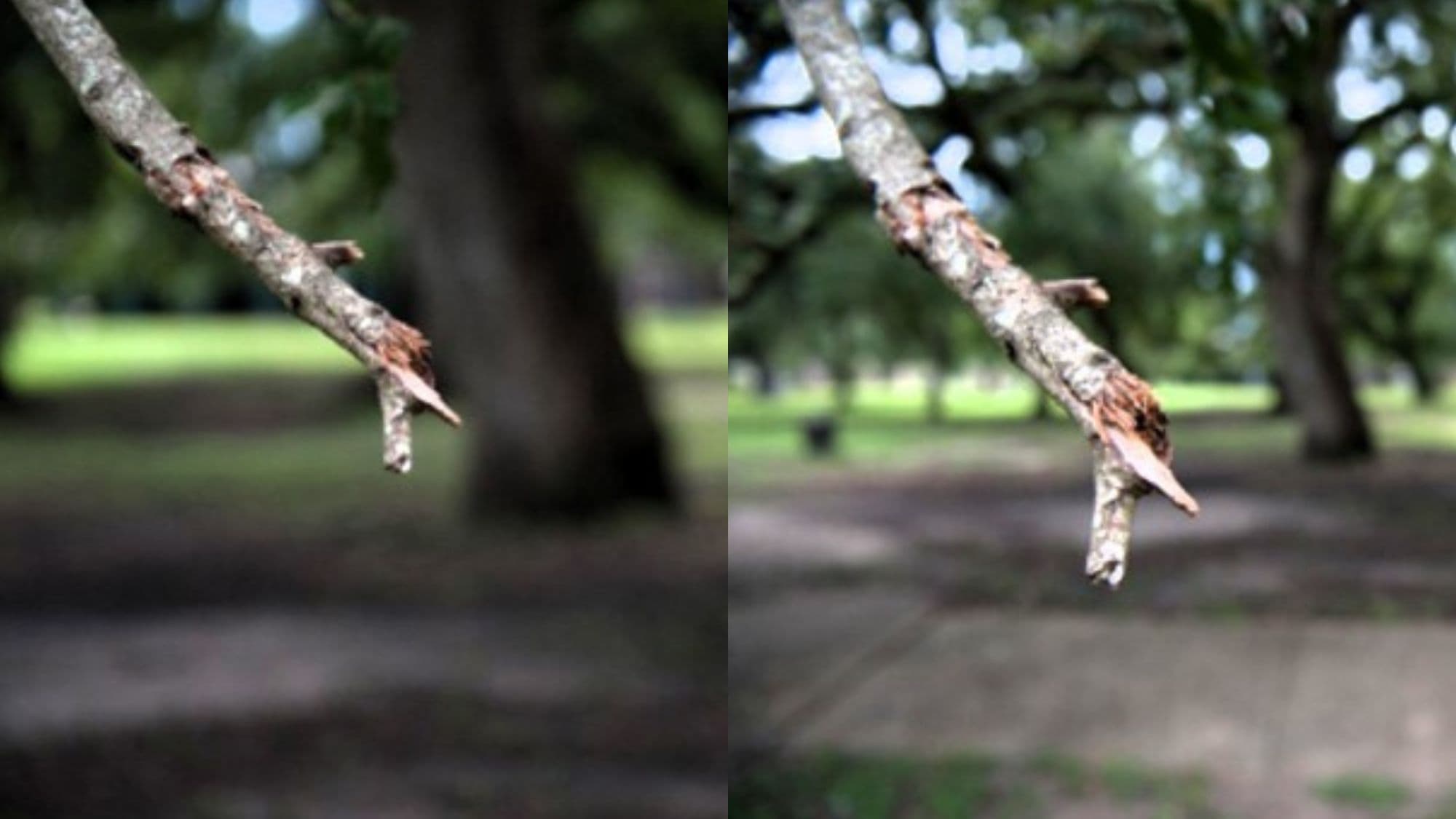
On the other hand, utilizing a deep depth of field ensures that foreground and background elements are equally sharp. This technique works well for landscape photography or when you want to capture intricate details throughout the entire scene.
Foreground Interest
Incorporating foreground interest adds layers to your composition, making it more visually appealing. Objects placed strategically in the foreground can lead the viewer’s eye to the main subject, creating a sense of depth within the photograph. Textures or patterns in the photograph’s foreground also enhance visual interest.
Moreover, using leading lines as part of your foreground elements guides viewers through your photograph smoothly, adding a dynamic aspect to your composition. Balancing these elements with your main subject ensures that all components work together harmoniously.
Viewpoint and Background
Experimenting with different viewpoints offers fresh perspectives on familiar scenes. Changing angles can inject new life into ordinary subjects by presenting them from unique vantage points. Altering how much sky or ground is visible with your main subject impacts how viewers perceive scale and distance within an image.
Furthermore, paying attention to backgrounds is essential for maintaining harmony within compositions. Backgrounds should complement rather than distract from focal points; they serve as supporting actors highlighting key subjects without stealing their spotlight.
The Power of Contrast and Color
Visual Impact
Creating visually impactful images involves capturing strong emotions or striking moments. Utilizing compositional techniques such as leading lines, rule of thirds, or framing can significantly enhance the overall visual impact of a photograph. Creating powerful images with attention to detail in elements like lighting, angles, perspective, and frame is crucial for resonating with viewers emotionally. Timing plays a vital role in photography; capturing the perfect moment can transform an ordinary scene into something extraordinary.
- Emotions and striking moments enhance visual impact
- Compositional techniques like leading lines improve the overall impact
- Lighting, angles, and timing are essential for powerful images
Black and White Photography
Black and white photography focuses on shapes, textures, and tones without color distractions. By removing color from the equation, photographers can emphasize contrasts more effectively. This emphasis on contrast is pivotal in black-and-white compositions to create depth and evoke specific moods or feelings within the viewer. Effectively utilizing different shades of gray can add layers to the storytelling aspect of a photo.
- Shapes textures highlighted without color distractions
- Contrasts play a critical role in black-and-white compositions
- Various shades of gray contribute to enhanced storytelling
Creative Use of Space

Negative Space Beauty
Negative space is a great way to enhance your photographs by allowing the main subject to shine. It creates a sense of elegance and simplicity, directly drawing the viewer’s focus to the subject. Embracing negative space can evoke calmness and serenity in your compositions. For example, capturing a lone tree against a vast sky can create a powerful photo that highlights the tree and the expanse of the sky around it.
When used effectively, negative space can transform an ordinary scene into something extraordinary. Imagine photographing a single flower against a plain background; this simple composition emphasizes the beauty and delicacy of the flower itself, making it truly captivating. Minimalistic compositions with negative space often convey strong emotions or messages due to their uncluttered nature.
Minimalism and Simplicity
Simplifying your compositions by removing unnecessary elements is crucial in photography. This technique allows you to create impactful images that resonate deeply with viewers. In minimalistic photography, focusing on essential subjects like lines, shapes, or colors within the frame helps convey powerful visual stories without distractions. Embracing minimalism encourages viewers to appreciate beauty in its purest form – simplicity.
Mastering Light and Shadows

Harnessing Shadows
Shadows play a crucial role in composition techniques in photography. They bring depth, drama, and dimension to your photos. By manipulating light and shadow, you can create captivating patterns or striking silhouettes that draw the viewer’s eye. Properly exposing shadows is essential as it helps achieve balance in the overall composition of your image.
When capturing an image, consider how shadows interact with light to enhance the visual impact of your photograph. For instance, when shooting a portrait outdoors on a sunny day, positioning the subject so that their face is partially covered by shadow can add depth and mystery to the photo. This technique creates an intriguing effect and adds an artistic touch to your composition.
- Shadows add depth and dimension
- Playing with light and shadow creates intriguing patterns
- Properly exposed shadows bring balance to compositions
Contrast in Photography
Contrast refers to the variation between light and dark areas within an image. High-contrast images have a broad tonal range, resulting in visually impactful photographs with enhanced drama. Balancing contrast is crucial because it ensures all details are visible while maintaining visual interest throughout the composition.
Incorporating contrast effectively into your photography can make subjects stand out more vividly against their background or surroundings. For example, capturing a black-and-white landscape where deep shadows sharply contrast with bright highlights can evoke strong emotions from viewers due to its striking visual appeal.
- Contrast enhances drama
- Balanced contrast maintains the visibility of details
- Effective use makes subjects stand out prominently
Dynamic Composition Strategies
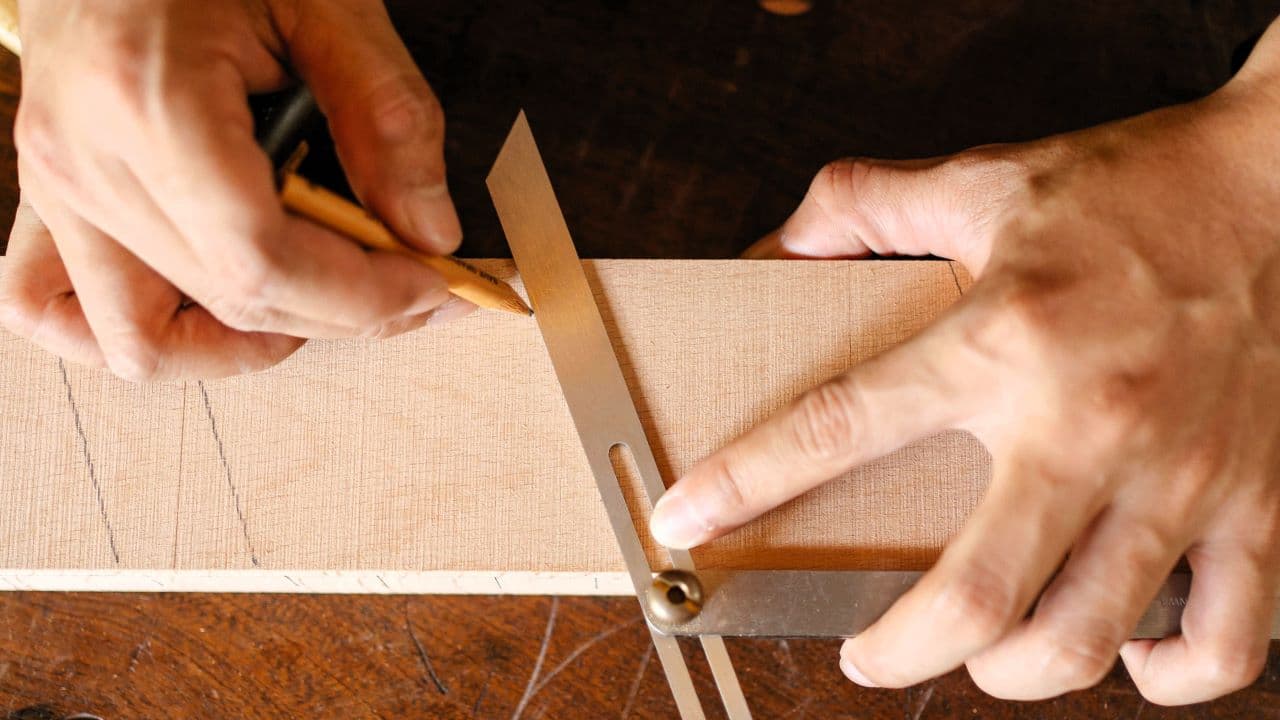
Diagonals and Triangles
Diagonal lines and triangular shapes are powerful composition techniques in photography. They bring a sense of movement and energy to your photos. By incorporating diagonals or triangles, you can effortlessly guide the viewer’s eye through the image. For instance, a diagonal line leading from one corner to another creates a dynamic visual flow.
When composing your shots, consider how diagonals or triangles can enhance your images. These elements add depth and dimension while creating visually appealing compositions. Imagine capturing a landscape where a mountain range forms a natural triangular shape, drawing attention to the focal point.
| Pros | Cons |
|---|---|
| Adds dynamic energy | Overuse may lead to cluttered compositions |
| Guides viewer’s eye | |
| Creates visual interest |
Rule of Odds
The rule of odds is another valuable tool for photographers seeking balanced and engaging compositions. Compositions with an odd number of subjects are more visually appealing than even-numbered ones. This technique naturally draws the viewer’s gaze towards the center of interest without falling into predictable symmetry patterns.
Experimenting with odd numbers in your photography opens up possibilities for creativity and uniqueness in your images. Whether capturing three flowers in a field or five birds perched on a wire, embracing the rule of odds can significantly elevate the impact of your photos.
- When framing your shot, try including an uneven number of elements.
- Observe how this simple adjustment enhances the overall balance and appeal.
- Remember that breaking away from even numbers can inject vitality into your compositions.
Key Points:
- Enhances visual appeal
- Creates natural focal points
- Avoids symmetrical arrangements
Capturing Detail and Texture

Patterns and Textures
Patterns and textures are essential in composition techniques photography as they bring depth and visual interest to images. Whether capturing the intricate details of a leaf’s veins or the rough texture of a weathered wall, patterns add layers to photographs. For instance, photographing the repetitive pattern of waves crashing on a shore can create a sense of movement.
Exploring different lighting conditions is crucial when focusing on patterns and textures. Soft, diffused light can highlight subtle textures like the velvety surface of a petal. At the same time, harsh sunlight may emphasize bold patterns, such as shadows cast by architectural elements. Photographers can enhance the visibility of these details by adjusting lighting angles or shooting during golden hour.
Cropping Techniques
Cropping plays a significant role in composition techniques photography by allowing photographers to control framing and eliminate distractions from their shots. Through cropping, unnecessary elements can be removed to direct viewers’ attention towards the main subject. For example, cropping tightly around a flower bud can draw focus solely on its delicate petals.
Moreover, experimenting with different aspect ratios during cropping can evoke various emotions within an image. A square crop may create symmetry and stability in architectural shots. In contrast, a panoramic crop could emphasize vast landscapes or lead the viewer’s eye across an expansive scene. Carefully considering which elements to include or exclude through cropping helps improve overall composition balance.
Innovative Framing Concepts
Frames Within Frames
Framing the subject within another object creates layers, adding depth to the composition. This technique guides the viewer’s gaze towards the main subject, enhancing focus. Photographers create visually captivating images with added context and interest by incorporating frames within frames.
Utilizing this method can be seen in various scenarios: a photographer capturing a portrait through a window frame or using tree branches to frame a landscape shot. These examples demonstrate how framing techniques enhance photographs by creating visual boundaries that draw attention to the main subject.
Unleashing Creativity
Experimenting with unconventional compositions challenges traditional norms in photography. Pushing boundaries allows for unique perspectives and storytelling opportunities beyond standard practices. Photographers embracing their personal style and vision can produce more authentic and creative work that stands out.
You’ve now unlocked a treasure trove of composition techniques in photography. By mastering symmetry, depth, contrast, color, space, light, shadows, dynamic strategies, detail, texture, and framing concepts, you’re equipped to elevate your photography game to new heights. Remember, it’s not just about snapping a picture; it’s about telling a story through your lens. So go out there, experiment with these techniques, and let your creativity run wild. The world is your canvas, and your camera is the brush—paint a masterpiece with every click.
Now that you have the tools, don’t hesitate to grab your camera and implement these techniques. Practice makes perfect, so the more you shoot using these composition strategies, the more natural they will become. Your unique perspective combined with these techniques will set your photos apart. Go on, capture the extraordinary!
Frequently Asked Questions
How can I improve my understanding of composition techniques in photography?
To enhance your understanding, start by studying the blog post headings like “Understanding Composition Techniques.” Practice applying these techniques in your photography to see how they impact your images’ overall quality and visual appeal.
What role does symmetry play in enhancing composition in photography?
Symmetry helps create balance and harmony within an image, making it visually appealing. The blog post “Enhancing Composition Through Symmetry” delves deeper into how you can effectively use symmetry to strengthen the composition of your photographs.
Why is mastering light and shadows crucial for impactful photography compositions?
Mastering light and shadows is vital because they directly affect a photograph’s mood, depth, and dimensionality. By exploring topics like “Mastering Light and Shadows,” you’ll learn how to leverage these elements to create compelling compositions that draw viewers in.
How can I creatively use space to improve my photography compositions?
The creative use of space allows you to control where the viewer’s eye goes within an image. Blogs such as “Creative Use of Space” provide insights on strategically utilizing negative space or framing subjects to enhance visual interest and impact.
What are dynamic composition strategies, and how can they elevate my photographic work?
Dynamic composition strategies involve creating movement or energy within a static image through various techniques. Explore concepts from “Dynamic Composition Strategies,” like leading lines or framing, to add intrigue and engagement to your photos, making them more captivating for viewers.


